How Our Medical Assistant Program Prepares You for a Dynamic Healthcare Career
Northwest Suburban College
NOVEMBER 15, 2024
The diverse curriculum is crafted to make you a well-rounded medical assistant, capable of adapting to different healthcare environments. You’ll learn to assist with patient exams, prepare medical instruments, and perform diagnostic tests. Our classes cover anatomy, medical terminology, and pharmacology, among other subjects.

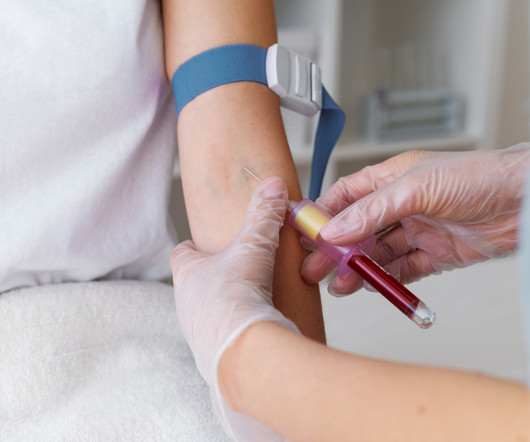
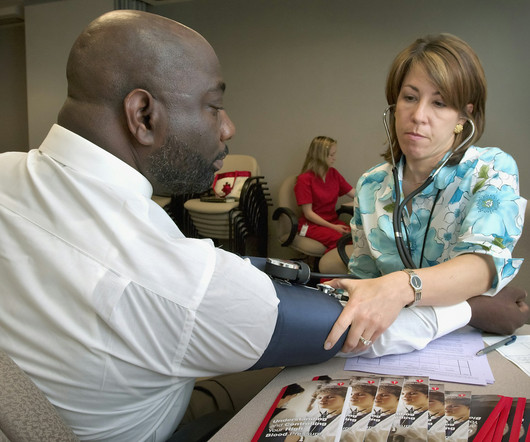

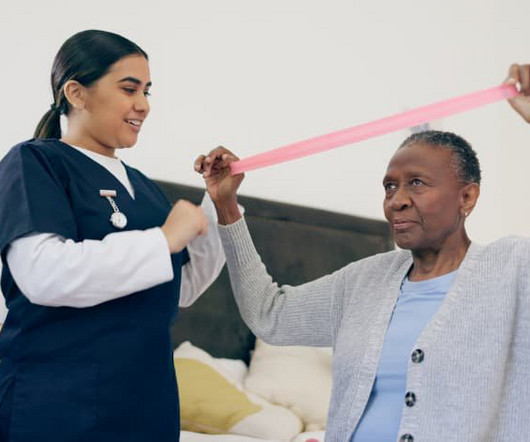


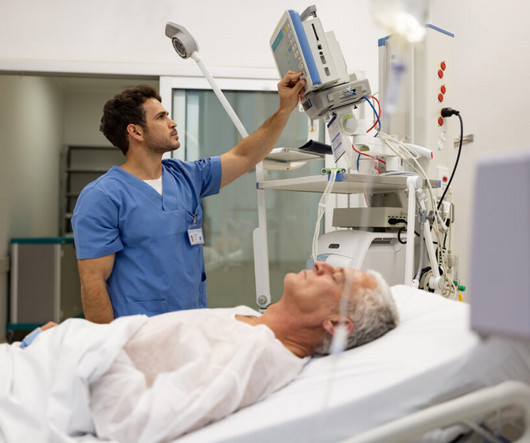

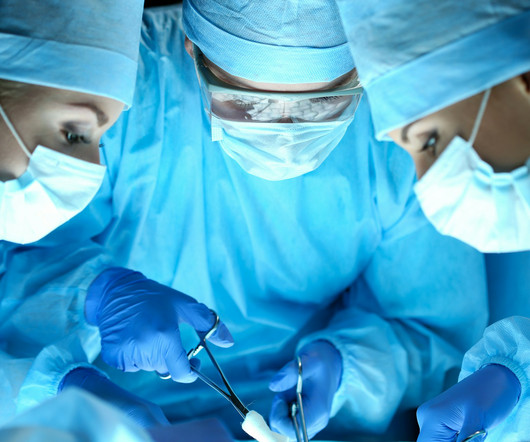
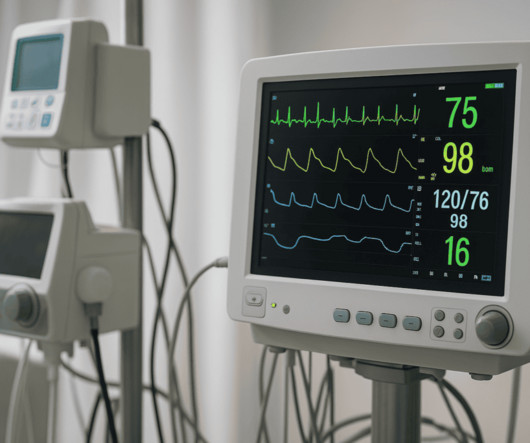






Let's personalize your content